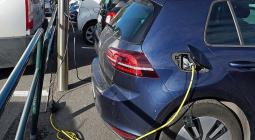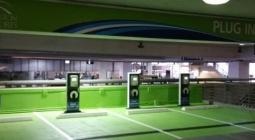Councils need educating on EVs – it’s imperative we get this right

When it comes to EV charging, we can’t ignore that local authorities need education. The government aspires to 300,000 public chargers by 2030; without an overhaul of how councils consider EV charging, we’re unlikely to hit that goal.
More than 300 councils have been told to increase provision, but many have no idea where to start. Typically, a politician will ask a council officer and they’ll ask an expert like us. We’ll talk about equipment, possible sites and produce planning documents.
This is then compared against budgets predominantly made up of Local Electric Vehicle Infrastructure funding. The amounts awarded only give local authorities enough money to provide c.5 per cent of their actual charging needs.
Nine times out of 10, once they realise how complicated EV charging is, they file the report and do nothing or ignore it and turn a couple of hundred lamp posts into cheap and cheerful chargers. These are far too slow and many leave cables strewn about. They’re not future-proofed; they’re just street clutter.
We’ll soon be replacing them because they’re broken or unused. Vehicle batteries will get better, too, increasing capacity and making lamp post charging obsolete.
Instead, we should be equipping neighbourhoods with hubs of ultra-rapid chargers within a 10-minute distance of every home. New housing developments should have EV charging hubs to serve the entire community. Disused brownfield sites can become eco-friendly charging locations, with retail units to create more revenue for councils. It’s about fitting chargers into a driver’s lifestyle – while they’re at work, shopping or dining out.
“Many leave cables strewn across the road. They’re not future-proofed; they’re just street clutter”
After battling with landowners and planners, we’re faced with slow electrification. It’s up to the National Grid to supply power and the process is cumbersome.
Many councils are getting it wrong, but some are rolling out chargers successfully. In Trafford they have a concentrated network where everyone is within 10 minutes of a charger – so it can be done.
It’s crazy that public money has been allocated to roll out charge networks but is sitting unspent because of bureaucracy, or is being wasted on already obsolete chargers. EV charging is going to be a utility in the future, and it’s imperative that we get it right.





